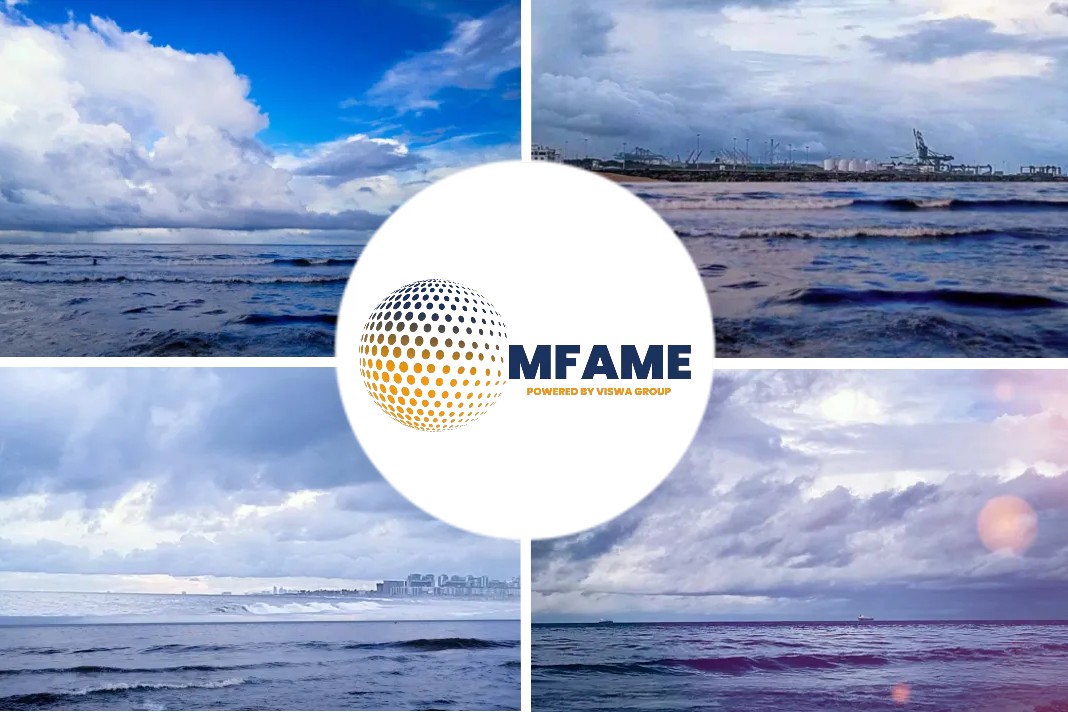- Warning that crude prices could hit $250 later in the year, he said that Europe has probably lost Russian supplies “forever”.
- Bunker costs, of course, correspond closely to crude oil prices.
- As Brent crude climbed to $122 yesterday, very low sulphur fuel oil added $34 in Singapore to reach $930.50 and climbed by more than $26 to hit $947 in Fujairah.
Crude oil prices could approach $200 later this year, according to traders at the FT Commodities Global Summit in Lausanne this week as reported by Seatrade Maritime.
No normal business
Hedge fund manager Pierre Andurand was quoted in the Financial Times newspaper as saying, “We’re not going back to normal business in a few months.” He predicted that petroleum prices would hit $250 later this year and that Europe would “forever” be without Russian supply.
Bunker prices, of course, are strongly linked to crude oil prices. As Brent crude rose to $122 yesterday, extremely low sulphur fuel oil increased by $34 in Singapore to $930.50, and by more than $26 in Fujairah to $947. According to Ship&Bunker, the corresponding prices in Rotterdam were $924.50 and $960.50.
Alternative sources
Meanwhile, the European Union is scrambling to find alternative sources of gas to replace Russian shipments. The EU wants to purchase an additional 50 billion cubic metres of gas from sources such as Egypt, Qatar, and the United States. However, economists caution that further marginal supplies are restricted because much of these exporters’ supply is already committed to long-term contracts.
During a Brussels conference on Thursday, European Commission President Ursula von der Leyen met with US President Joe Biden, and an increase in LNG imports from the US could be revealed today, Friday. In 2021, the US provided 22 billion cubic metres of LNG to Europe, according to EU data.
Cost-effective solutions
However, since a large volume of imported gas has been carried by pipeline until recently, Europe faces a potential shortfall of regasification capacity.
Building new shore-based regasification plants is a time-consuming process that requires careful consideration of location, both in terms of grid connectivity and environmental concerns. Floating gas plants, either conversions from older LNG tankers to floating storage and regasification units (FSRUs) or regas barges linked to shoreside gas grids, are the quickest and most cost-effective solution.
Did you subscribe to our newsletter?
It’s free! Click here to subscribe!
Source: Seatrade Maritime
























